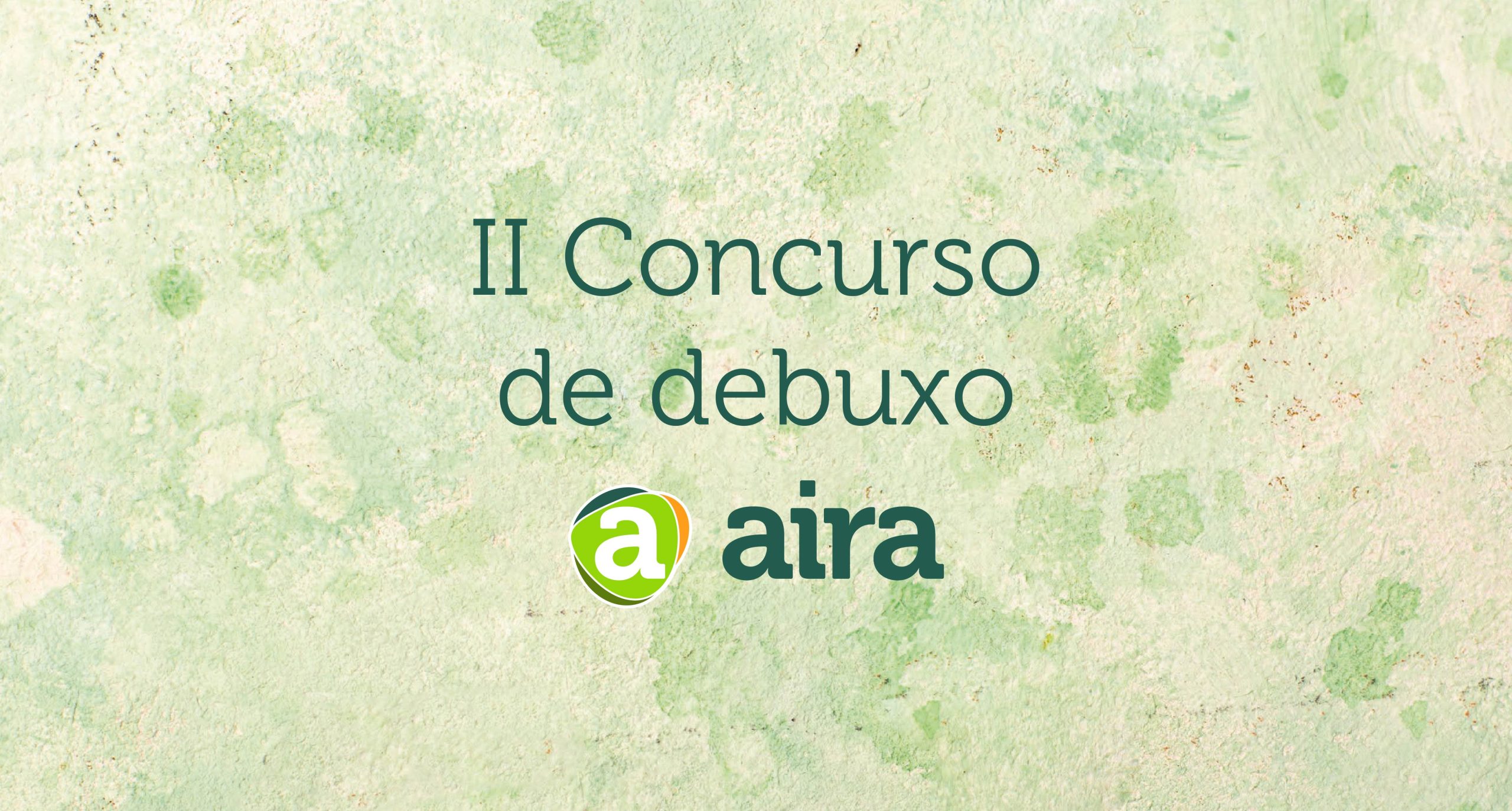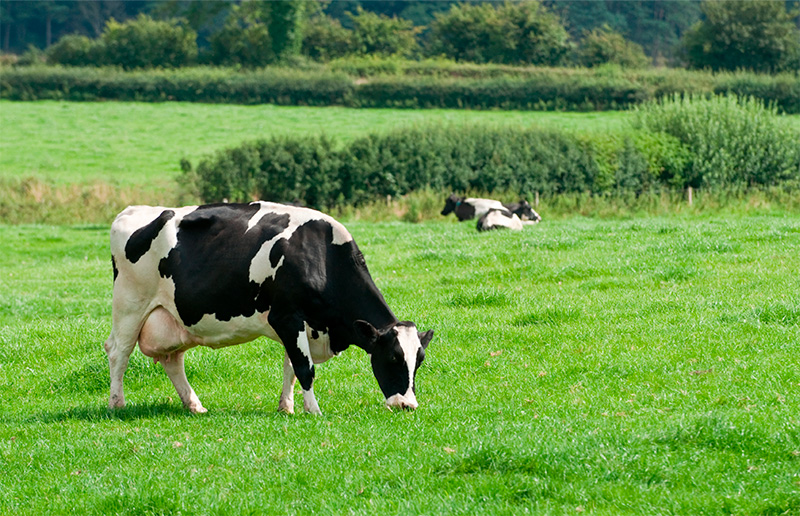José and Patricia decided to go into family livestock farming after years of working in other sectors. Just over a year ago they opened new facilities and incorporated a robotic milking system. We know how they work in this AIRA partner farm.
José Luís López worked for years in construction until, with the brick crisis, he decided to take the reins of the small dairy cattle ranch that his parents had in Vilasuso, in Guntín (Lugo). Another crisis, in this case that of the Covid-19, also made his wife Patricia Sánchez decide to leave her job and bet on livestock farming. Today, together with their two little ones, Roberto and Alejandro, they are very satisfied for having taken this decision in this AIRA partner livestock farm, Casa Xanete.
In these years they went from 10 cows to about 120 head of cattle, mostly Friesian breed and with about 50 in milk production. In the last year, with the incorporation of Patricia, they made one of the most significant changes, going from facilities that were too small for them and in which they milked with a circuit system, to having a large shed in which they also incorporated a robotic milking system. ” It was all new for our cows, not only the milking robot, but also the change to new free-range facilities, whereas before they were in a closed system,” the farmers explain.
Far from being a difficult adaptation, they recognize that the animals adapted very well to the change and in less than a year went from a production of 29 liters to an average of 42 liters per animal. “Within two months of making the change we were already with an average production of 37 liters. The first days were very intense for us, supervising everything almost 24 hours a day, since we did not make a gradual change, but making the transition in this way was a success,” agree both José and Patricia. Currently, they also have qualities of 3.8% fat and 3.45% protein.
In addition to the incorporation of the milking robot, this livestock farm is using different digital tools in their daily management. Thus, apart from all the data provided by the cattle collars, about the health status of the animal, they also manage issues such as the order of feed to the Cooperative through AIRA’s own application. They also use the veterinary treatment book that AIRA has available. ” This type of digital tools are very useful because you have all the information available on your phone,” says Patricia, who manages the administrative part of the livestock, in addition to taking care of the rearing.
Meanwhile, José assumes both the supervision of the cows in production and the forage production tasks on the 40 hectares they manage in the cattle ranch.
Experience with AIRA
What is your experience with the Cooperative like?
My parents started with the Cooperative more than 30 years ago, first with Copar, then with Agris and later with AIRA. Since we took over the management of the farm, we have continued with the veterinary and reproduction services due to the good experience we had, but we have also incorporated others. Today we also sell milk, we consume AIRA feed and we have just incorporated the feed cart service, among other services.
Why are you a member of AIRA? What services does the Cooperative offer that are useful to you?
We are members because we think that by being united we can achieve better results, both in the sale of milk and in the prices you have as a member, although members always want more and sometimes you do not understand why the Cooperative does not offer you the most competitive price for all products. However, in areas such as milk marketing and processing, I believe that we have been improving a lot and I hope that this will continue to bring us good results in the future.
Any aspect of the Cooperative that you think should be worked on?
There are aspects such as the digital tools that the Cooperative puts at the service of the members, which although they can also continue to be improved, they already provide a very good service, they are very useful, but there are other services that, being a Cooperative with so many member cattle ranches, are a little more neglected. Our experience with the commercialization of calves through AIRA was not good and as long as it is not improved we will not use it.
We also see a great need for more meetings with members by zone, on a regular basis, so that you can bring some of your concerns directly to them.


